Violation
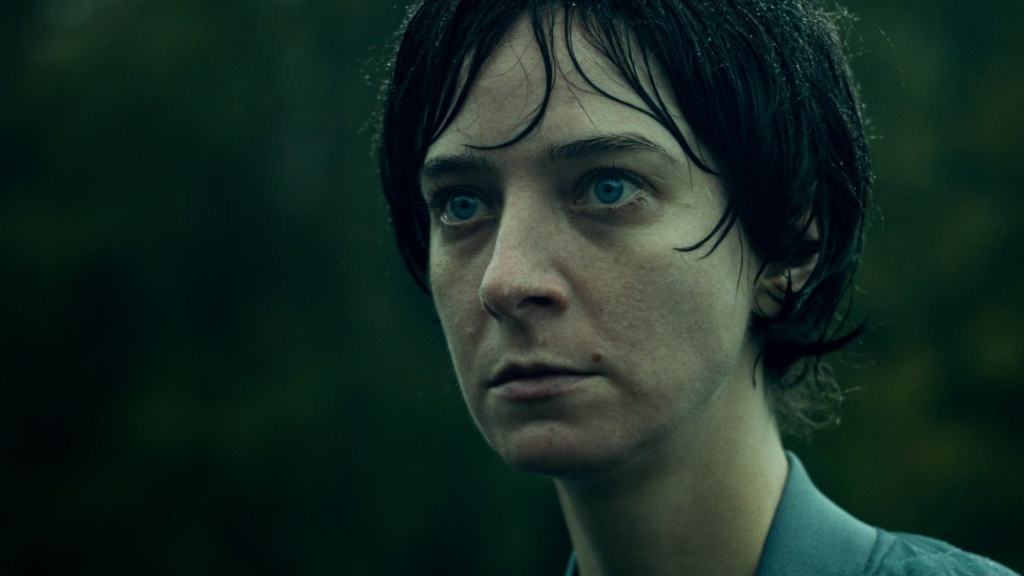
Even the least discerning consumer of horror will acknowledge the immediate beats and tropes of Violation, the first feature from British/Canadian writer-directors Madeleine Sims-Fewer and Dusty Mancinelli. There’s the isolated rural enclave established through atmospheric shots of the landscape; the shrill, irritating privilege of its visitors; the ominous surrounds filled with bestial imagery (wolves, spiders, larvae); the choral incantations and lashing strings of the score; and – most significantly – a tense central event that culminates in furtive and extended violence. Where this film is perhaps more distinctive than others is in its scattered chronology, its insinuating and extreme close-ups and its punctuating interludes that tend towards visual abstraction. The latter of these elements seems to indicate the manifest presence of pristine evil, the unholy fusion of fire and water.
Sisters Miriam (Madeleine Sims-Fewer, again) and Greta (Anna Maguire) broadly don’t get on. Each has many assumptions about but little empathy for the other; acts of altruism are generally perceived as sermons on righteousness. They have both brought their respective partners, Caleb (Obi Abili) and Dylan (Jesse LaVercombe) – insentient avatars for dopiness – to a bourgeois cottage-in-a-forest retreat. The bucolic environs provide an appropriate catalyst for insidious bickering about past hang-ups and present anxieties. Caleb is monotonous and sexually abstemious, Dylan lascivious and oafish. Neither figure is fleshed out, which probably functions as a calculated inversion of the male cinematic gaze. Caleb, a black man, is given some derisory commentary on white supremacy, an effort at political subtext that’s dropped as soon as it’s handled.
The concept of the “white knight” or “crusader” proceeds throughout the narrative, however, appearing as a line spat out by the feuding sisters and contributing the main thematic rope from which the plot propels itself forward. Friendships and rivalries within the quartet begin to twist and fester: fraught interactions are depicted through a mixture of textural, granular emphases and peeking, agitated camerawork. These techniques can come across as showy, cursory and inexplicable, provoking questions about their use and intention. How does a light-dappled wood set the tone of a scene? Does a hunting metaphor adequately allude to overpopulation? Does having the protagonist recite her dreams service the film’s mysteries? What do instances of graphic mutilation and nudity ask of the viewer? There’s certainly plenty to ponder.
All in all, this rendering of a rape-revenge story favours handsome, stylised compositions over psychological complexity. In fact, the interrogation of its characters happens predominantly through demonstrative dialogue scenes, which – though forceful in and of themselves – fail to constitute a plausible arc of motivations and consequences. This appears to be a deliberate effect, one that poses the brute fact of sexual assault as justifiable reason for vengeance. The assailant receives his summary comeuppance, which the viewer may interpret as justice, but the aftereffects prove consuming for the victim. The disaggregated rhythms within Violation suggest the condition of trauma as one of irresolution and ambiguity, which offers a persuasive argument for the existence of eternal human frailties ahead of any lucid social statement.
Joseph Owen
Violation is released exclusively on Shudder on 25th March 2021.
For further information about Sundance Film Festival 2021 visit here.
Read more reviews from the festival here.
Watch a clip from Violation here:

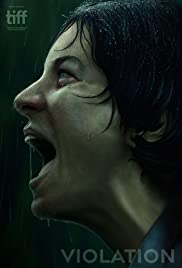



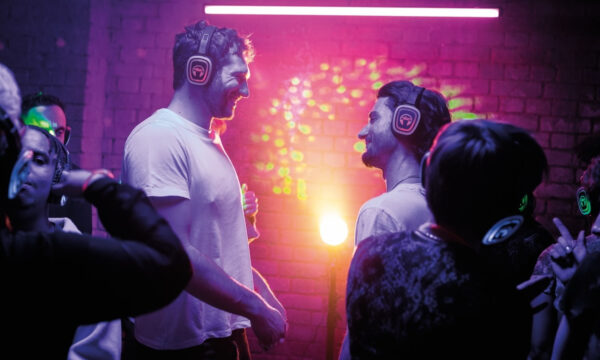
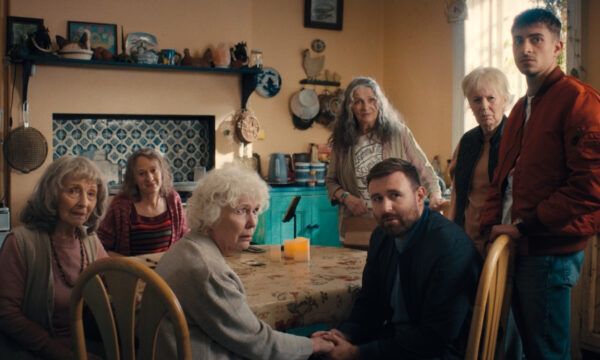

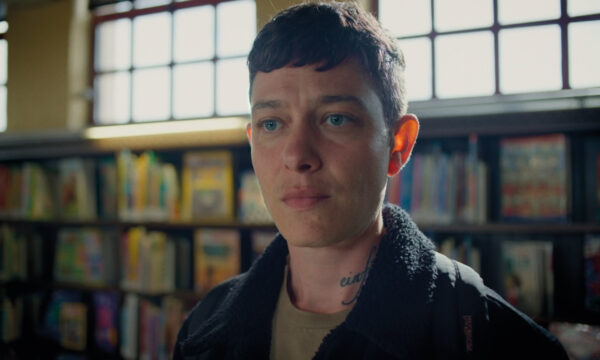














Facebook
Twitter
Instagram
YouTube
RSS